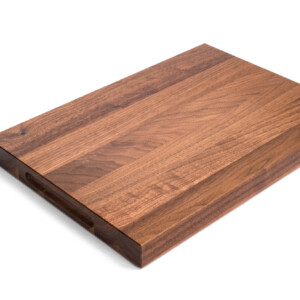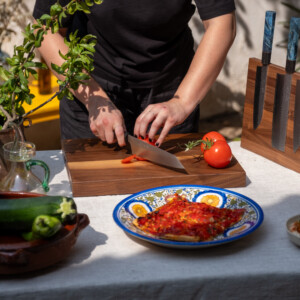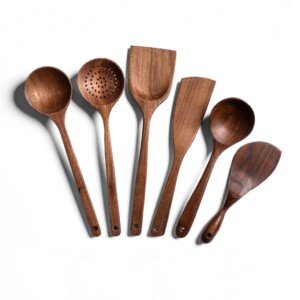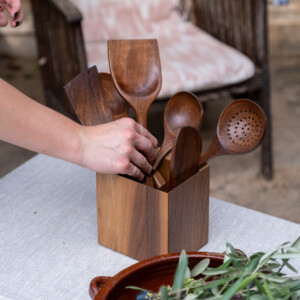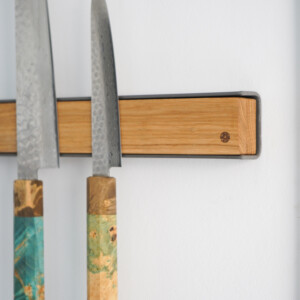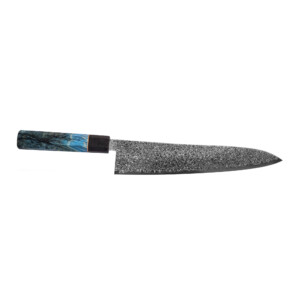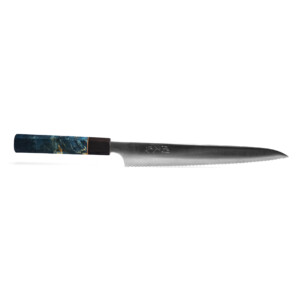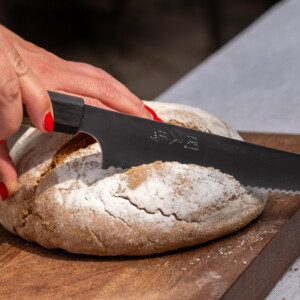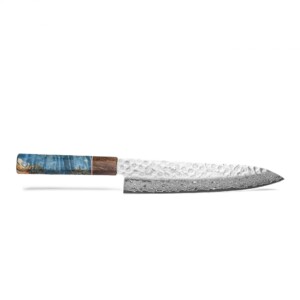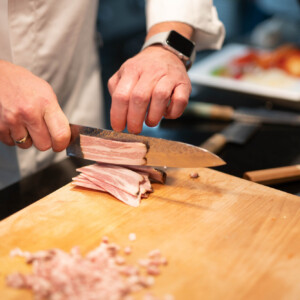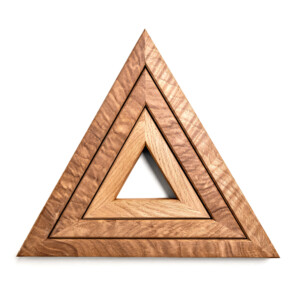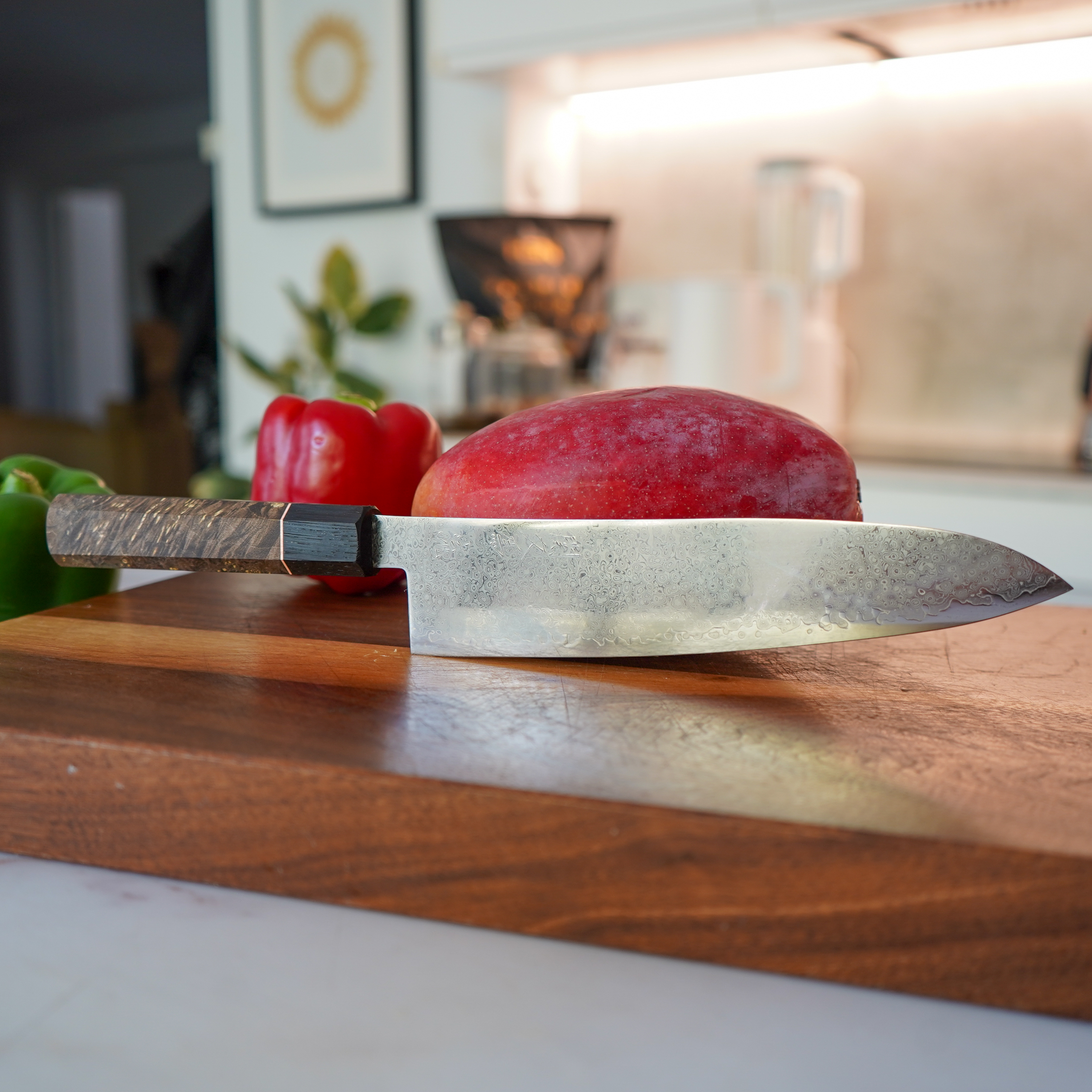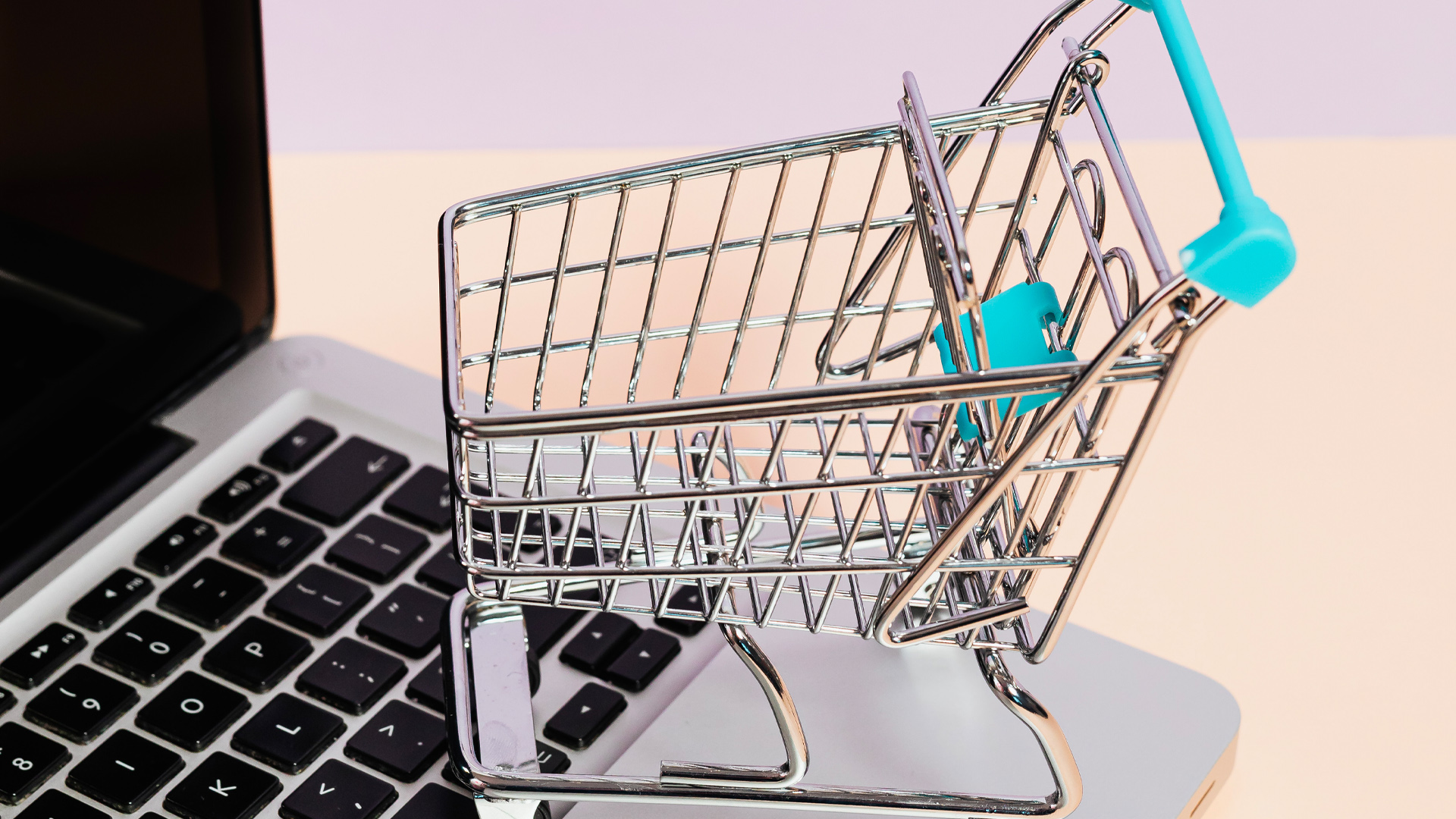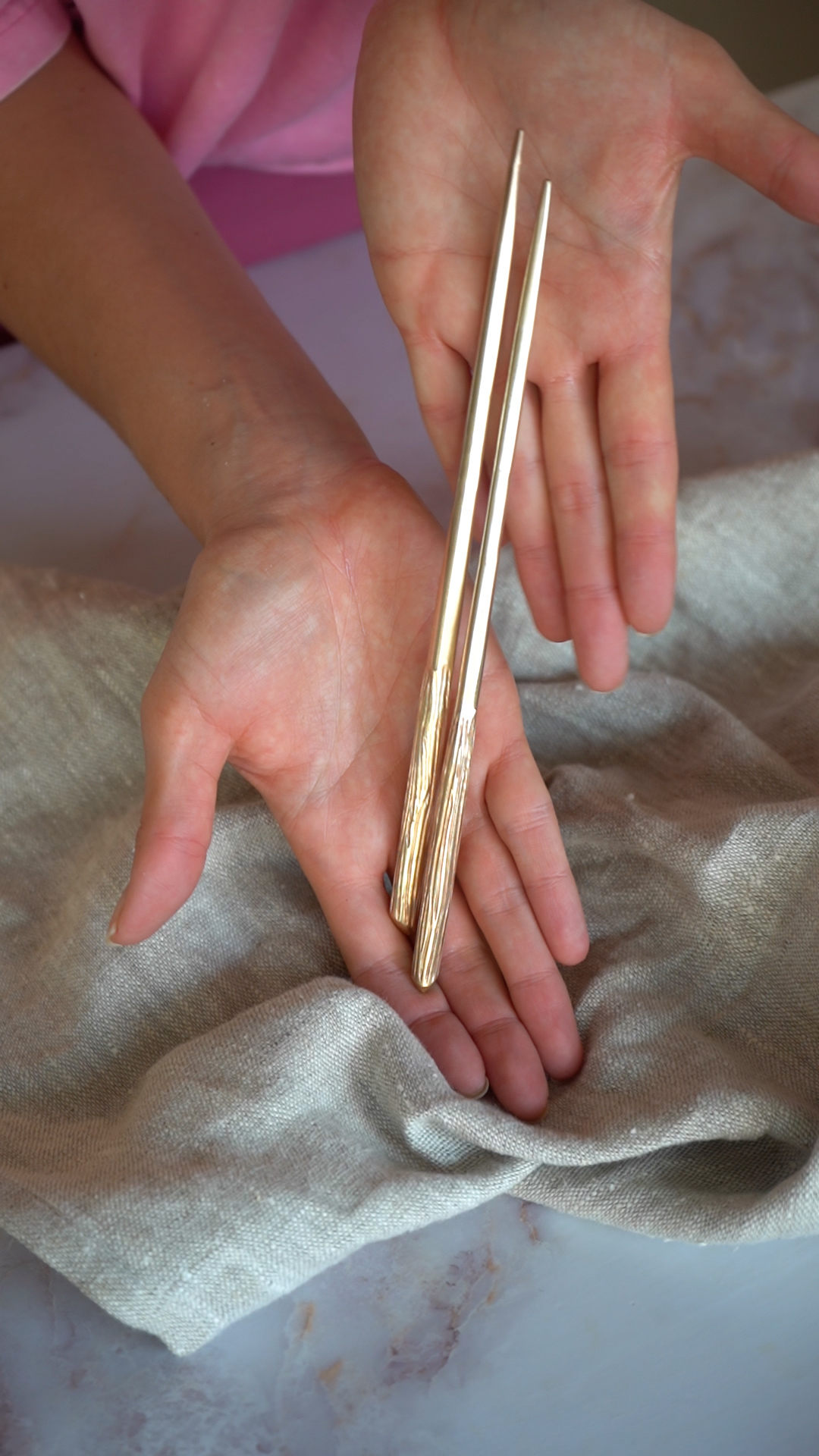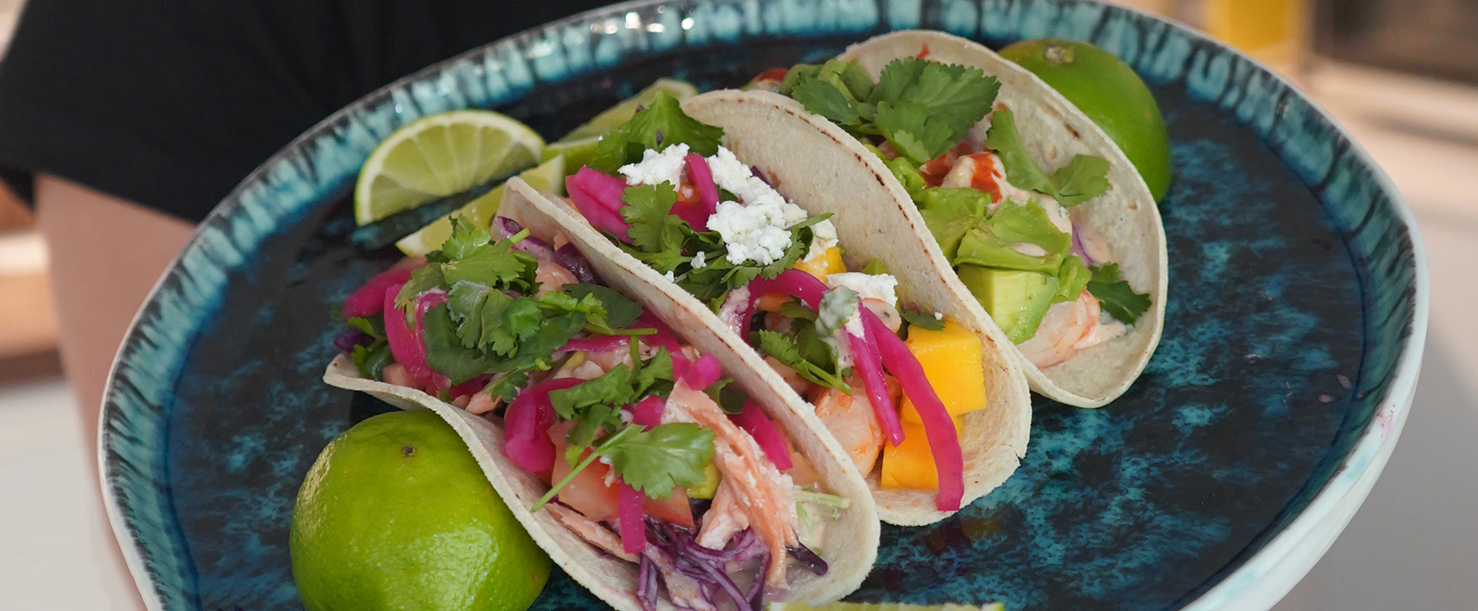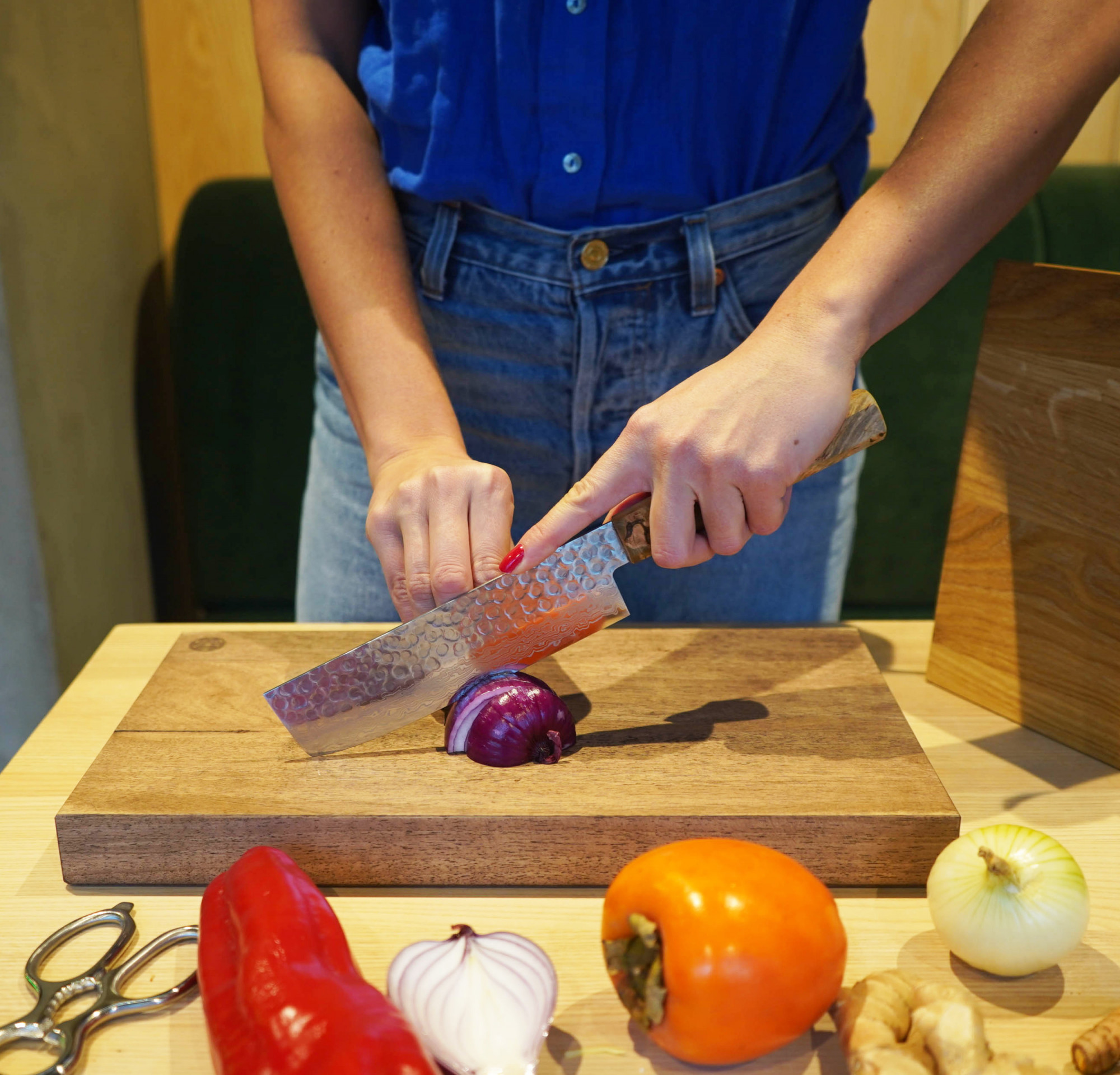Mastering the art of cooking steak is a pursuit that many aspiring home chefs embark upon. There’s something inherently satisfying about achieving that perfect sear, locking in the juicy tenderness, and savoring each delectable bite. However, this culinary quest is not without its challenges, as even the most seasoned cooks can stumble along the way. In this article, Oishya team unlocks the secrets to cooking steak like a pro, while highlighting common mistakes that should be avoided.
Mistake: You underseasoned it

Sometime in the 1980s, health concerns led Americans to cut back on their salt consumption. It was also around this time that red meat fell out of favor, for similar reasons. With the focus shifting towards healthier eating, the art of properly seasoning steak seemed to have been forgotten. As a result, an entire generation grew up without knowing the true potential of a well-seasoned steak.
Kosher salt is the unsung hero of seasoning. Its coarse granules are not only easy to handle, fitting perfectly between your fingertips, but they also have a unique ability to distribute evenly across the meat’s surface.
Now, let’s talk about the importance of generous seasoning. A steak should ideally be around 1½ inches thick. When you season a steak, you can only reach the surface, but each mouthwatering bite consists of both the exterior and interior. This means that in order to properly season each mouthful, you need enough salt on the outside to infuse the entire steak with flavor.
The right way: The key is to liberally season your steaks with Kosher salt and freshly ground black pepper. Don’t be shy; let the salt work its magic and enhance the natural flavors of the meat. Give each side a generous sprinkling and gently press the seasonings into the surface, allowing them to adhere and create a delightful crust when cooked.
Mistake: You stabbed it
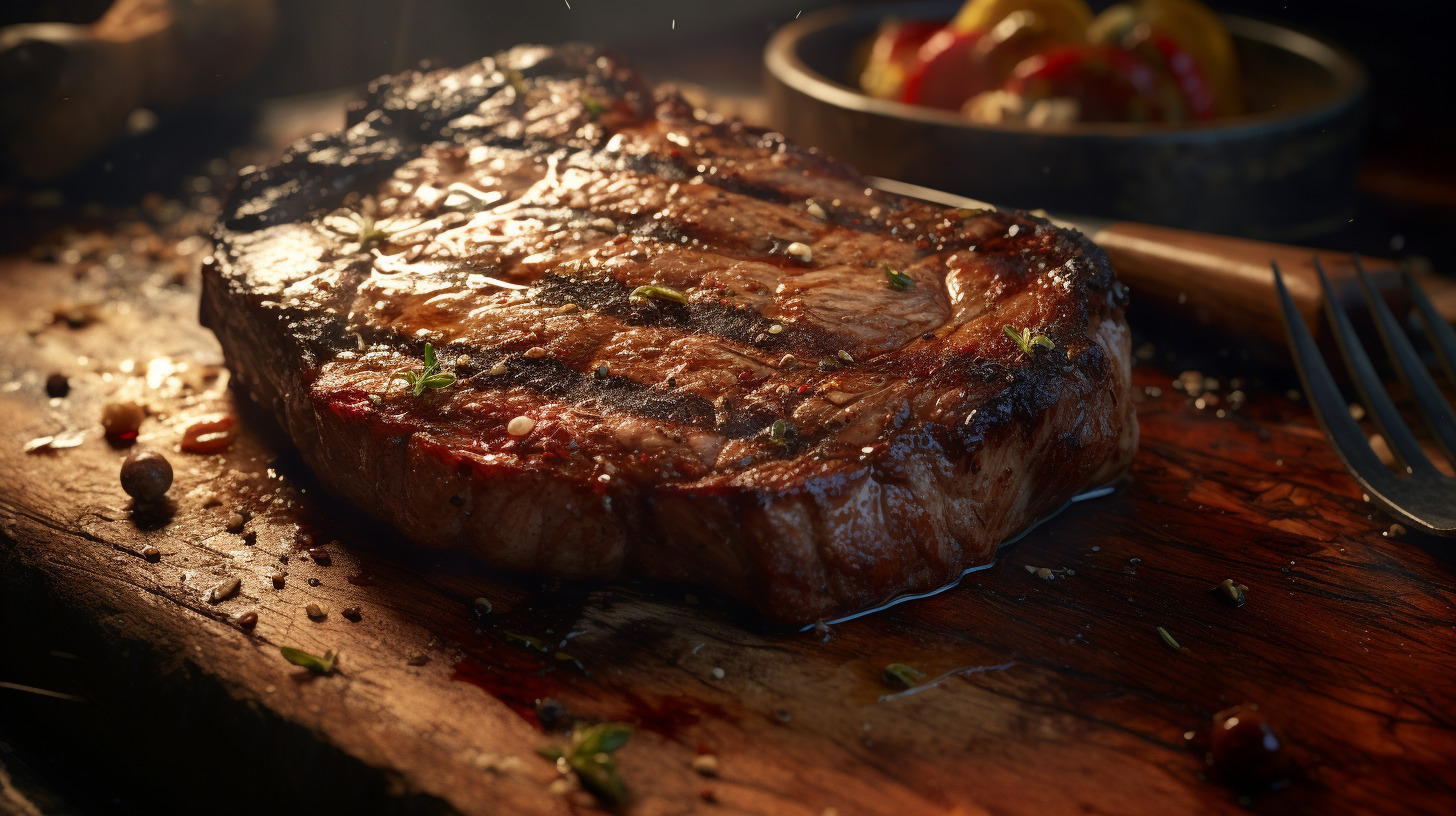
When did we decide it was acceptable to treat our steaks like pincushions? It’s a curious phenomenon that has permeated our cooking practices. Perhaps there’s something instinctual about the image of a hunk of meat, impaled on a spit and roasting over an open fire, that appeals to our primitive selves. Or maybe the ubiquity of grilling steak on skewers has subconsciously convinced us that puncturing our meat is a normal and necessary step.
Treating your steak like a voodoo doll is a mistake, and it can take various forms. Some folks resort to using sharp implements like forks to turn their steaks while grilling, while others fall into the trap of relying on instant-read thermometers, piercing the meat repeatedly to check for doneness. And then there are those who commit the unconscionable act of slicing a steak open prematurely, just to satisfy their curiosity.
We implore you, dear steak enthusiasts, to kindly desist from these misguided practices. The steak is already deceased; there’s no need to stab it again. Every time you pierce a steak with a fork or knife, you cause it to hemorrhage precious juices. And then, when you wonder why your once-promising steak turned out disappointingly dry, you’ll have no one to blame but those unnecessary puncture wounds.
The right way: Use tongs, the gentle and reliable culinary companions, to turn your steak. They provide the necessary grip and control without compromising the meat’s integrity. And when it comes to checking for doneness, rely on the tried-and-true thumb test. Simply press the center of the steak with your thumb and compare the resistance to different levels of doneness. It’s a foolproof method that doesn’t require any invasive probing.
Mistake: You cooked it straight out of the icebox

Steak, a delicate piece of culinary art, requires swift and precise cooking. It thrives in an environment of high heat, but that heat must be applied for the shortest amount of time possible. Herein lies the mistake: cooking a steak straight out of the freezer.
When a steak is icy cold, it hampers the cooking process. The inherent nature of a cold steak means it takes longer to reach the desired level of doneness compared to a steak that starts at room temperature. Those additional minutes spent on the grill or in the pan can be detrimental, resulting in a tougher and drier steak. As the steak cooks, the proteins in its muscle fibers become firmer, and precious juices are lost to evaporation.
Another crucial factor to consider, particularly when cooking in a cast iron skillet, is the chilling effect of a cold steak on the cooking surface. As the steak makes contact with the pan, it reduces the pan’s temperature. The time required for the pan to regain its previous heat level only extends the steak’s exposure to heat, which, in turn, contributes to its toughness.
The right way: Allow your steaks to come to room temperature before cooking. Let them rest for around 20 to 30 minutes, allowing the internal temperature of the steak to rise and reach a more suitable starting point for cooking. This simple step helps to ensure a more even cooking process, resulting in a tender and succulent steak.
Mistake: You Overcooked It
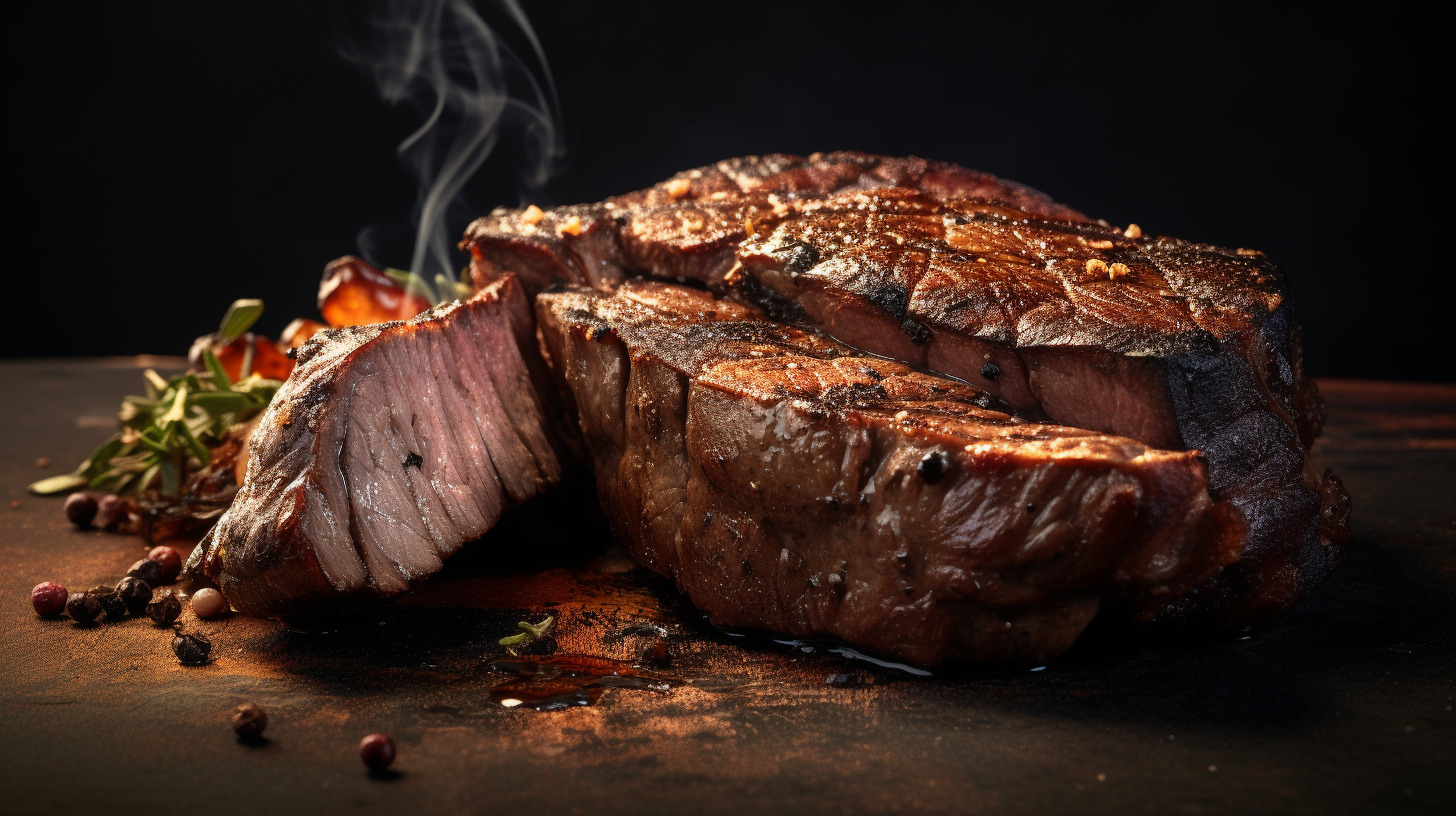
To say that well-done steaks are a matter of “preference” is to open the floodgates to any conceivable culinary whim. It begs the question: where does one draw the line? Is munching on cotton or sampling sawdust a matter of preference? What about sinking your teeth into a mouthful of sand? Clearly, there are limits to what can be considered a palatable preference.
Let us establish the fundamental principle: the purpose of cooking and indulging in a steak is to derive enjoyment from the experience. It should tantalize the taste buds, offer a pleasurable texture, and be a delight to savor. If mere sustenance were the sole objective, there are countless other ways to nourish oneself efficiently and economically.
Hence, we can declare with utmost certainty that overcooking a steak, particularly beyond medium, is a grave error. If it happens inadvertently, forgiveness may be granted, but if it is a deliberate act, it represents a culinary transgression of the most egregious kind.
The right way: The right path lies in cooking your steaks to a medium-rare perfection. A medium-rare steak boasts a predominantly pink interior with just a whisper of red in the center. This corresponds to an interior temperature ranging from 130°F to 140°F (54°C to 60°C). It strikes the ideal balance of preserving the steak’s natural succulence while ensuring safe consumption.
Mistake: Your Grill Wasn’t Hot Enough

One of the crucial mistakes that can hinder your steak-cooking prowess is not having a grill that is hot enough. This mirrors the issue discussed earlier, as a cool grill presents similar challenges to a cold steak. The consequence? A prolonged cooking time that can lead to undesirable outcomes. To achieve steak perfection, your grill needs to be scorching hot.
When grill enthusiasts discuss temperatures, they often refer to terms like medium grill or medium-high heat. However, when it comes to cooking steak, the heat needs to be cranked up to high levels, reaching a minimum of 450°F (232°C) or even higher. If you are using a gas grill, you have the advantage of being able to adjust the temperature with a simple dial. Some charcoal grills come equipped with built-in thermometers, which can also be useful. In general, charcoal grills require an ample amount of fuel and generous airflow, so opening up the vents will help maximize the temperature.
Now, how do you determine if your grill has reached the desired heat? There’s a nifty trick that involves using your hand (no, you won’t be touching the grill!). Simply hold your hand approximately three inches above the grate of the grill and start counting seconds. For cooking steaks to perfection, you shouldn’t be able to count beyond two seconds before it becomes uncomfortably hot (“one-hippopotamus, two-hippopotamus”).
The right way: Ensure that your grill is heated to the desired high temperature, typically ranging from 450°F to 500°F (232°C to 260°C). This intense heat will sear the steak, creating a delectable outer crust while maintaining the desired level of juiciness inside.
Mistake: You didn’t rest it

Ah, here’s another rookie mistake that can jeopardise the juicy perfection of your steak: neglecting to let it rest. Picture this scenario: you eagerly snatch your steak from the grill, ready to savor its mouthwatering flavours, and without a second thought, you plunge your knife right into it. Alas, this impulsive act virtually guarantees a less-than-juicy steak. Why? Because a steak, friends, requires a little R&R—resting time, that is.
“Resting” is the scientific term for allowing your steak to sit undisturbed for a few precious minutes between removing it from the grill and serving it. This seemingly insignificant step holds the key to the difference between a lusciously juicy steak and one that falls short. You see, a steak is composed of countless tiny cells, each filled with delectable juices. When you subject your steak to the searing heat of the grill, these cells contract, causing the precious juices to rush towards the center of the steak. Should you succumb to the temptation of immediate slicing, those juices will gush out onto your cutting board or plate, leaving your steak drier than desired. But, my friends, if you exercise patience and allow the steak to rest for a mere five minutes, those cells will gradually regain their original shape, and the juices will redistribute themselves accordingly. When you finally take that long-awaited bite, the succulent juices will burst forth, dancing on your palate rather than being wasted on the plate.
The right way:A steak requires a five-minute hiatus, away from the grill, before it is presented for consumption. If you want to go the extra mile in preserving the warmth of your steak during this period, consider covering it loosely with foil. This simple step will help retain the desired temperature, ensuring that your steak arrives at the table both juicy and tantalizingly warm.
Mistake: You grilled the wrong type of steak

Here’s a crucial nugget of wisdom: Just because a package of meat proudly boasts a “Great for grilling!” label does not automatically guarantee grilling greatness. Beware, dear grillmasters, for not all steaks are created equal when it comes to grilling prowess.
In the world of modern meat consumption, we find ourselves faced with an array of meat cuts bearing the coveted title of “steak.” From the enigmatic blade steak and chuck steak to the evocatively named Denver steak and Sierra steak, the choices seem endless. But here’s the catch—do we really know what these steaks are?
In recent years, meat producers have discovered innovative ways to dissect beef carcasses, isolating specific muscles that were traditionally destined for stew meat or ground beef and rebranding them as “steaks.” While some of these newfound steaks, such as the Denver steak, can hold their own on the grill, others leave much to be desired, giving us a glimpse into why they were previously reserved for stewing purposes. But how can you distinguish the diamonds from the rough?
The answer lies in focusing on the best steaks for grilling, which predominantly originate from either the short loin or rib primals. We’re talking about the crème de la crème of grilling cuts—the ribeye, New York strip, tenderloin, T-bone, and Porterhouse steaks. These cuts have stood the test of time and consistently deliver exceptional flavor and tenderness when grilled to perfection.
The right way: Stick with steaks bearing the honorable names of “rib,” “loin,” or “strip.” These names are a steadfast assurance that you are selecting a cut worthy of the grill, promising a delightful culinary experience.










